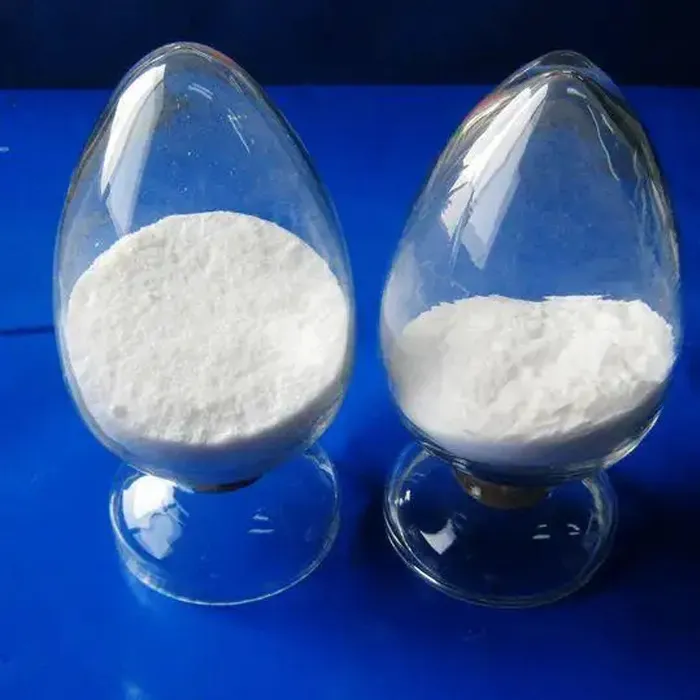Understanding H3NSO3 The Essential Role of Sulphamic Acid
Sulphamic acid, scientifically designated as H3NSO3, is an important inorganic compound characterized by its sulfonamide group. This strong acid is a white, crystalline substance that plays a crucial role in various industrial applications, making it a subject of interest for chemists and engineers alike.
Chemical Properties
Sulphamic acid is a sulfonic acid derivative, featuring a nitrogen atom bonded to a sulfonate group. With a molecular weight of approximately 97.09 g/mol, it is relatively soluble in water, which makes it an effective agent in various aqueous applications. The presence of both amine and sulfonate functional groups imparts unique properties, allowing sulphamic acid to act as both an acid and a source of amine nitrogen.
At room temperature, sulphamic acid exists in a solid state, but when heated, it decomposes, releasing nitrogen oxides and sulfur dioxide. Its pH level in solution is notably acidic, typically around 1.5, indicating its strong acidic nature. This property makes it valuable in a variety of chemical processes, including neutralization reactions.
Industrial Applications
Sulphamic acid is primarily used in the production of dyes, herbicides, and pharmaceuticals. Its ability to act as a powerful acid makes it an effective catalyst in numerous chemical reactions. Additionally, it is employed as a cleaning agent, especially in the removal of limescale and other deposits from industrial equipment. In this context, sulphamic acid proves to be more environmentally friendly compared to other acids, as it does not produce harmful or hazardous fumes during use.
h3nso3 sulphamic acid

Moreover, sulphamic acid serves as a source of nitrogen in the synthesis of different chemical compounds, playing an essential role in processes such as sulfonation. This property is particularly valuable in the production of sulfacetamide, a sulfonamide antibiotic used in treating various infections.
Safety and Handling
Despite its utility, handling sulphamic acid requires caution. It can be corrosive and irritant to the skin, eyes, and respiratory tract. Inhalation of its dust or mists can lead to respiratory issues, and contact with skin can cause burns. Therefore, individuals working with this compound must adhere to strict safety protocols, including the use of proper personal protective equipment (PPE) such as gloves, goggles, and respirators.
It is also important to store sulphamic acid in a cool, dry place, away from incompatible materials such as strong bases and reactive chemicals. Proper label and signage should be maintained to ensure that all laboratory personnel are aware of its presence and associated hazards.
Conclusion
In summary, sulphamic acid (H3NSO3) is a multifaceted compound that finds its relevance across various industrial sectors. Its properties not only enhance chemical production and cleaning processes but also contribute to environmental management by reducing the reliance on more hazardous substances. Continued research and development in the applications of sulphamic acid could lead to innovative solutions in chemistry and industry, ultimately benefiting various fields ranging from agriculture to pharmaceuticals. Understanding and safely managing this valuable compound is crucial for leveraging its benefits while ensuring safety and environmental protection.

